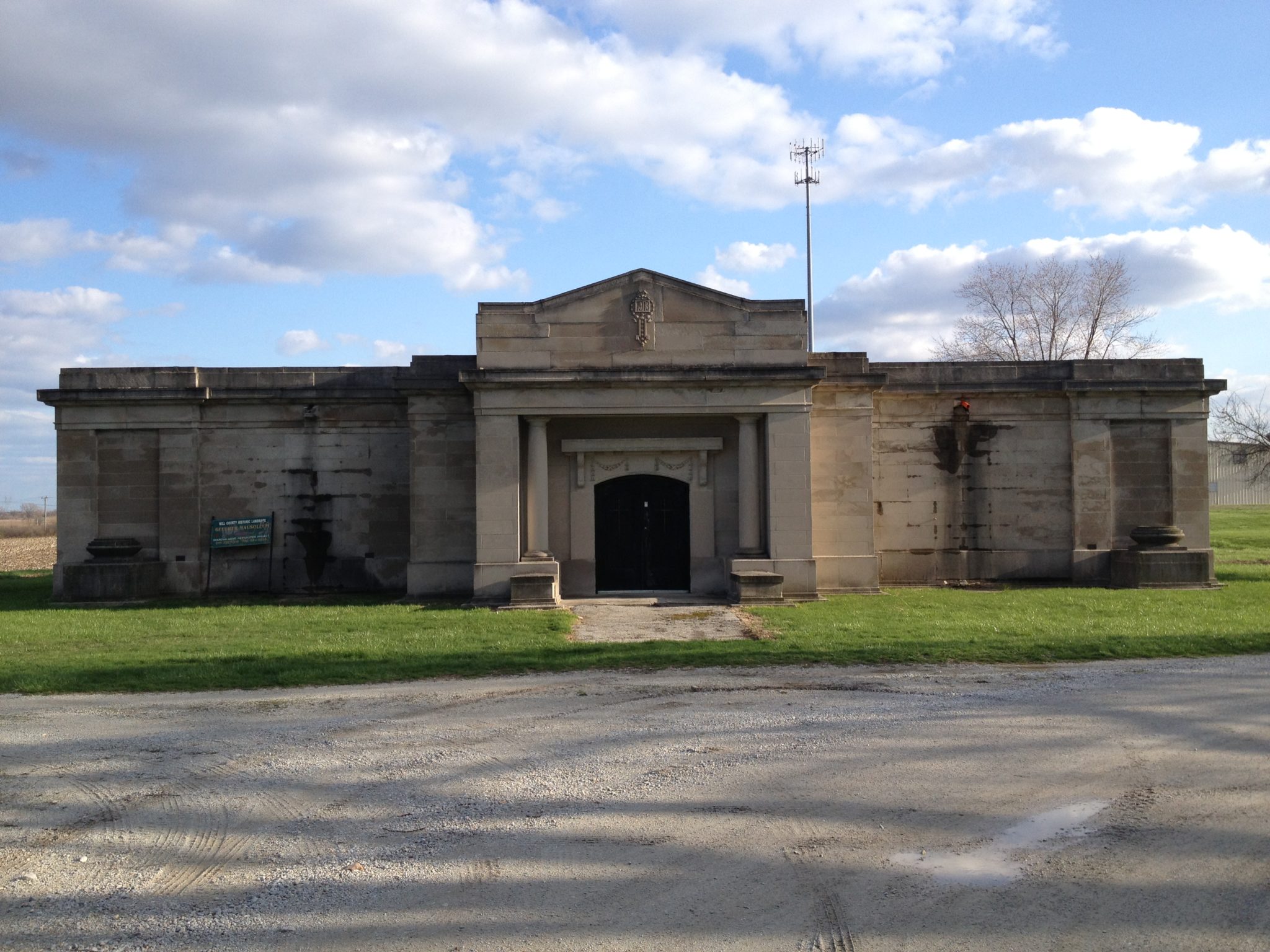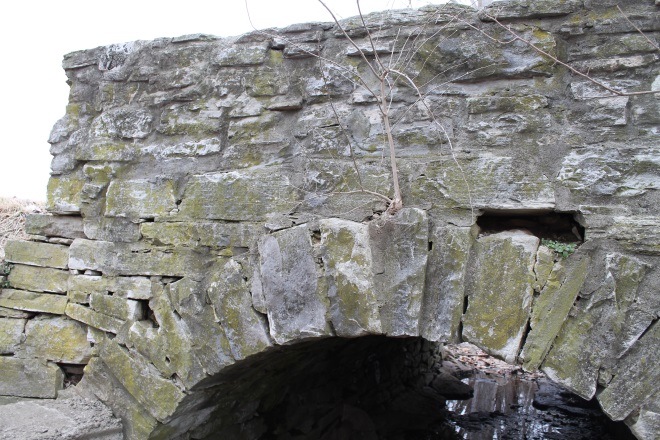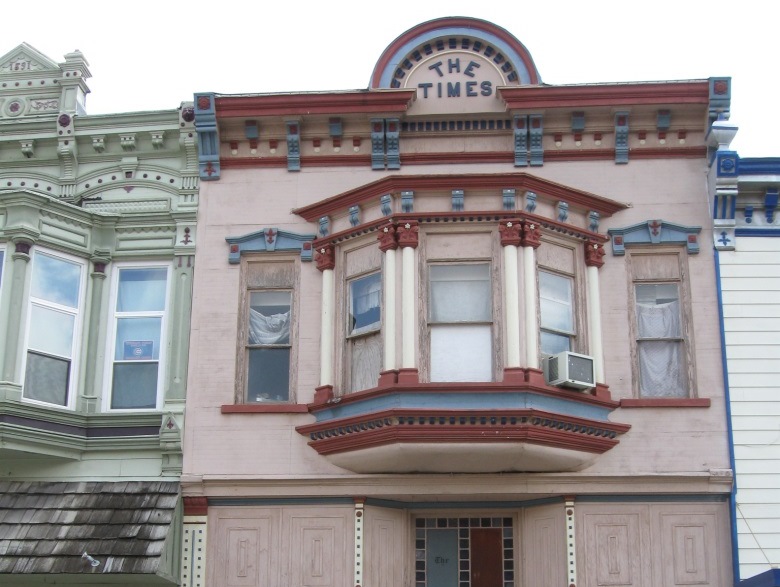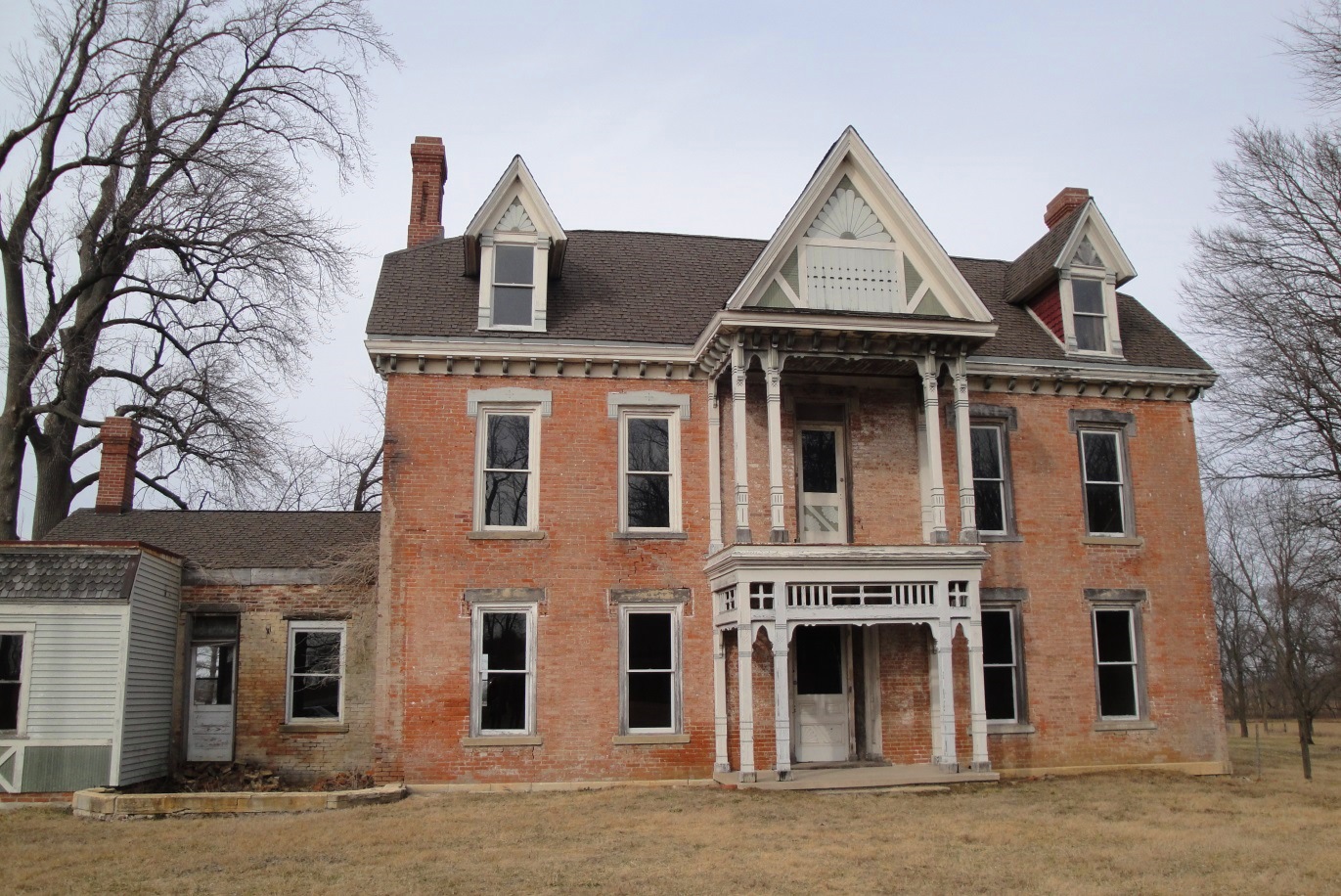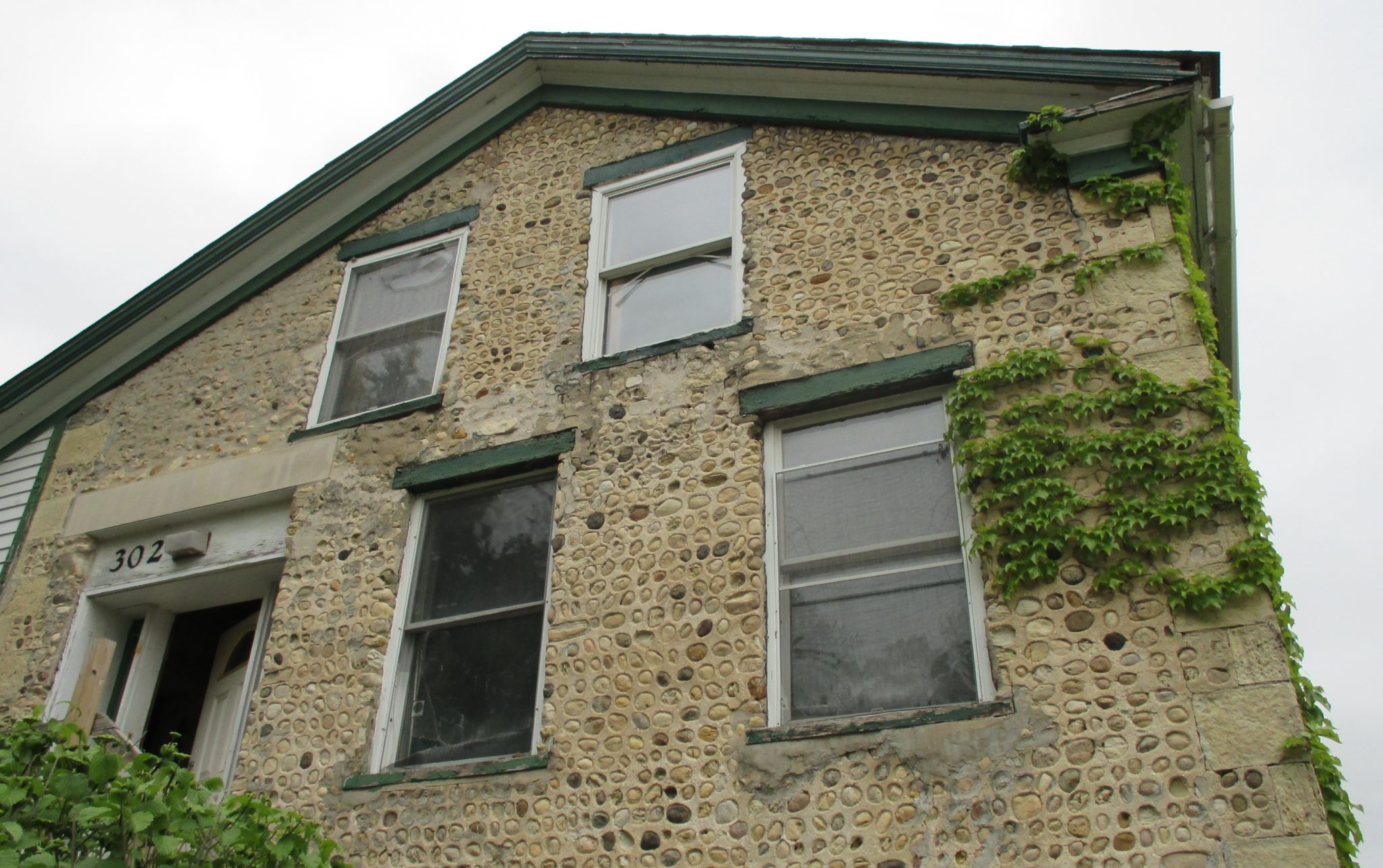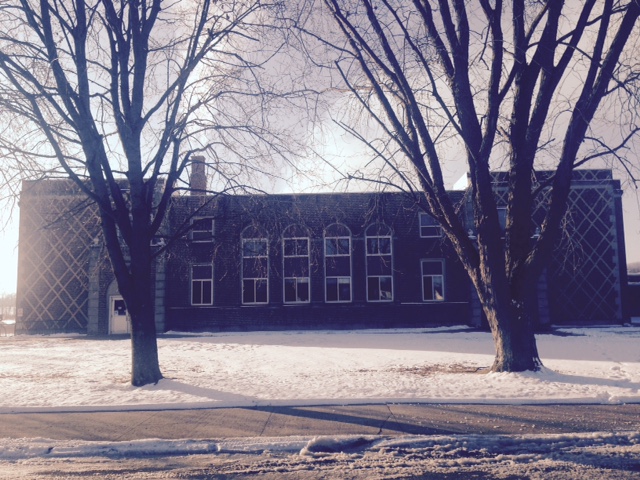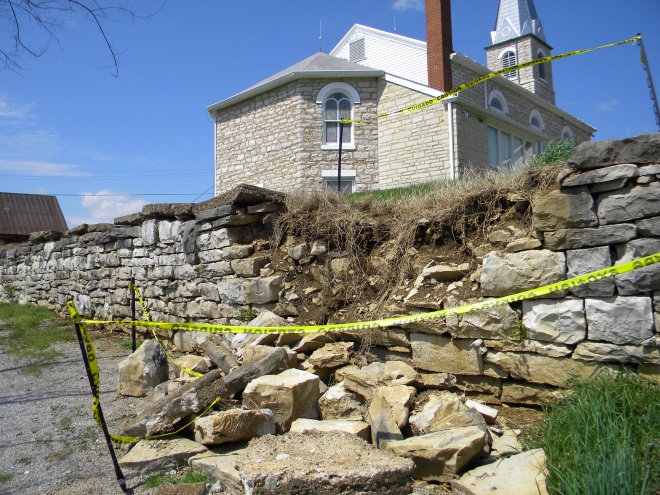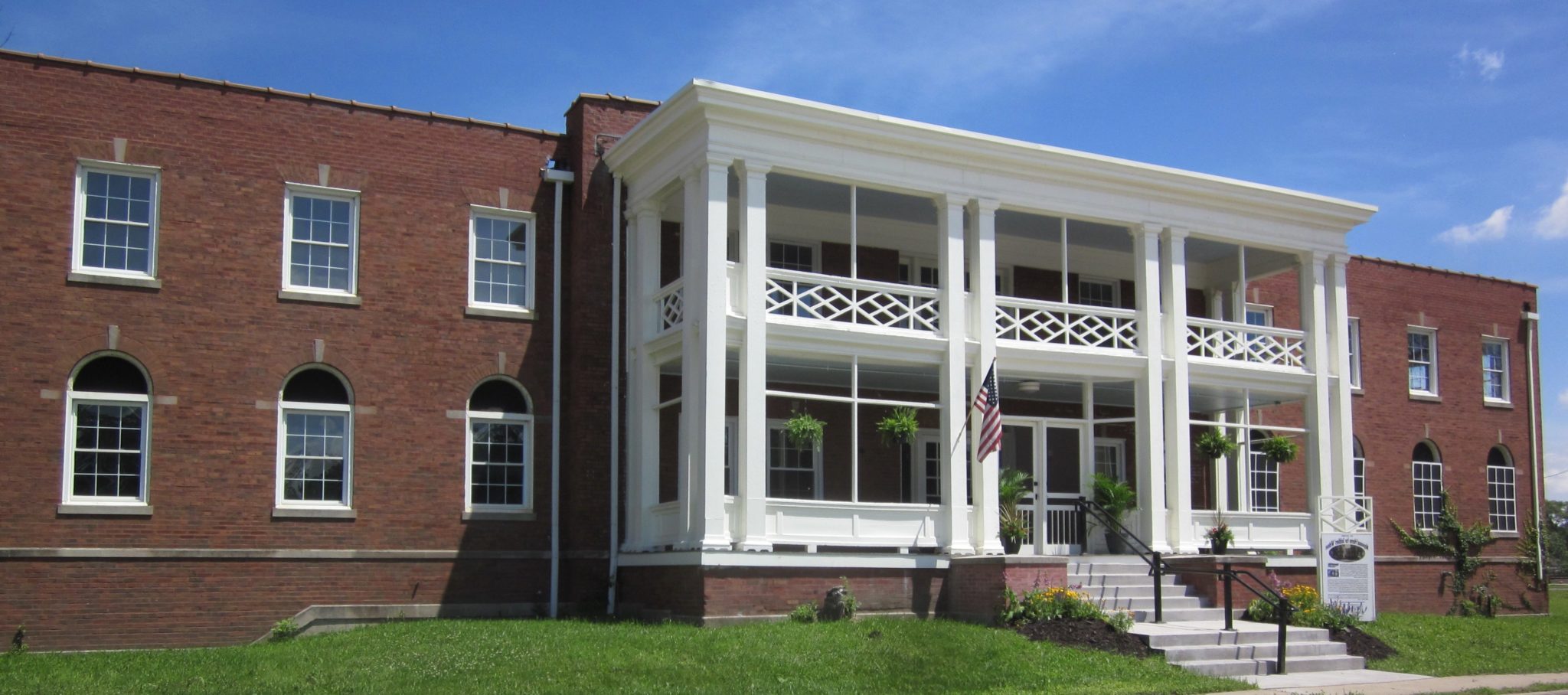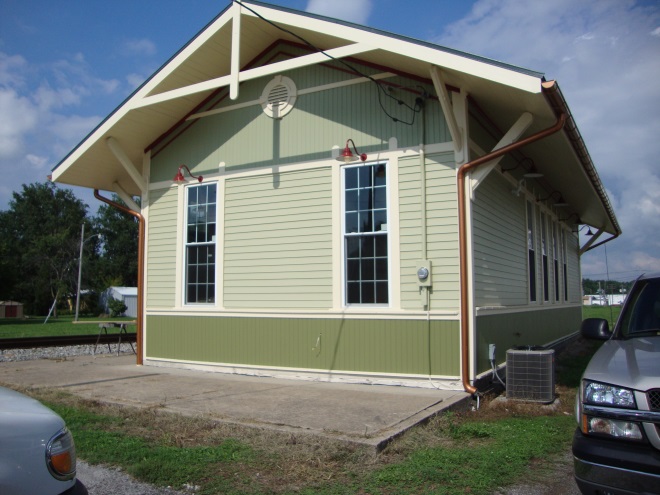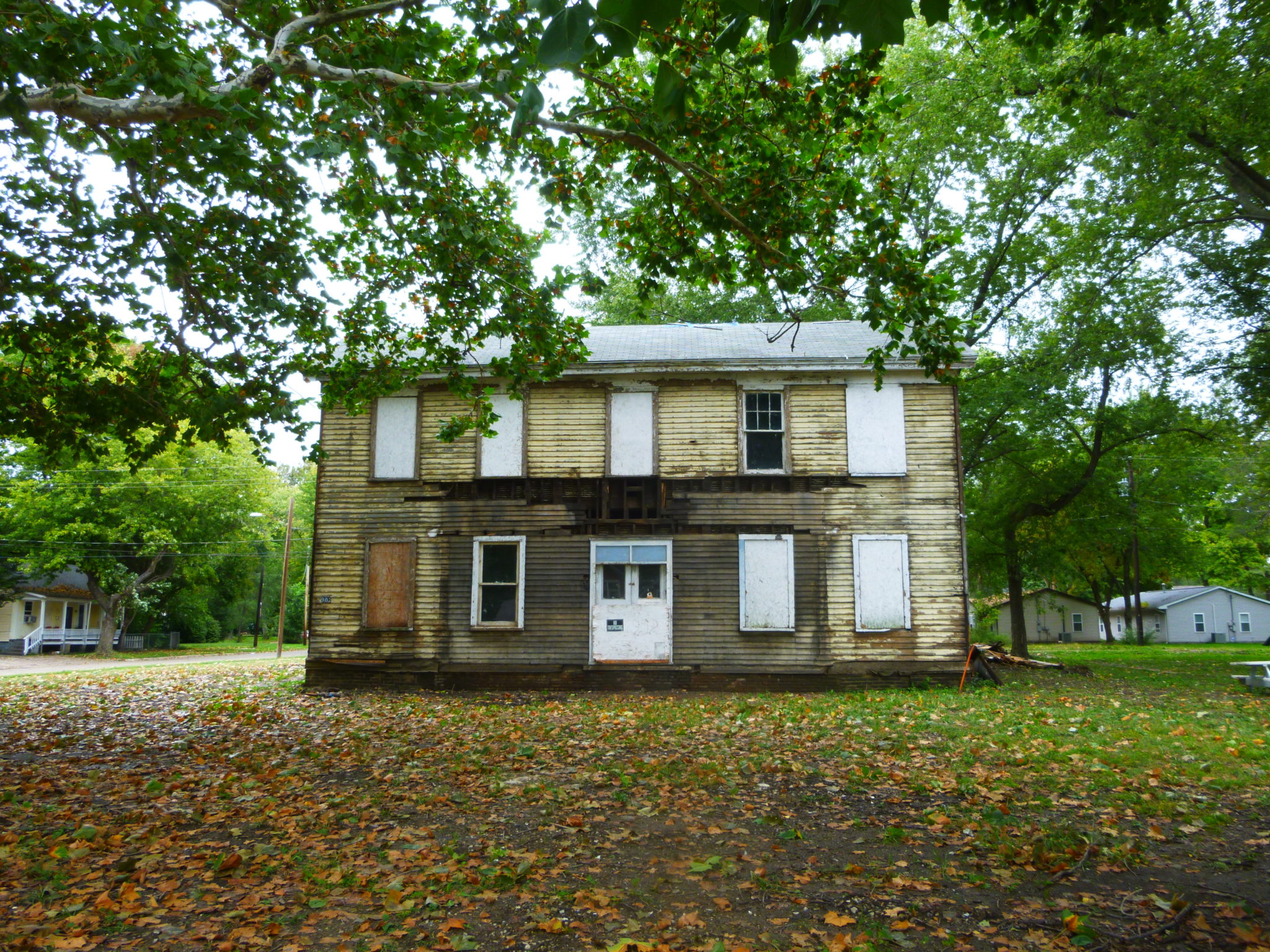BEECHER MAUSOLEUM GUARDIAN ANGELS: Beecher Mausoleum, Beecher
The Beecher Mausoleum, constructed in 1913, was designed by Cecil E. Bryan. It is a reinforced concrete structure with Bedford limestone veneer. It contains 210 crypts, 173 of which have been sold. In the mid-20th century, vandals destroyed the original windows and the repairs depleted much of the endowment. This property, along with several other mausoleums throughout the state, was listed on LI’s Ten Most Endangered Historic Properties List in 2013. LI’s grant helped the mausoleum complete necessary roof repair work.

